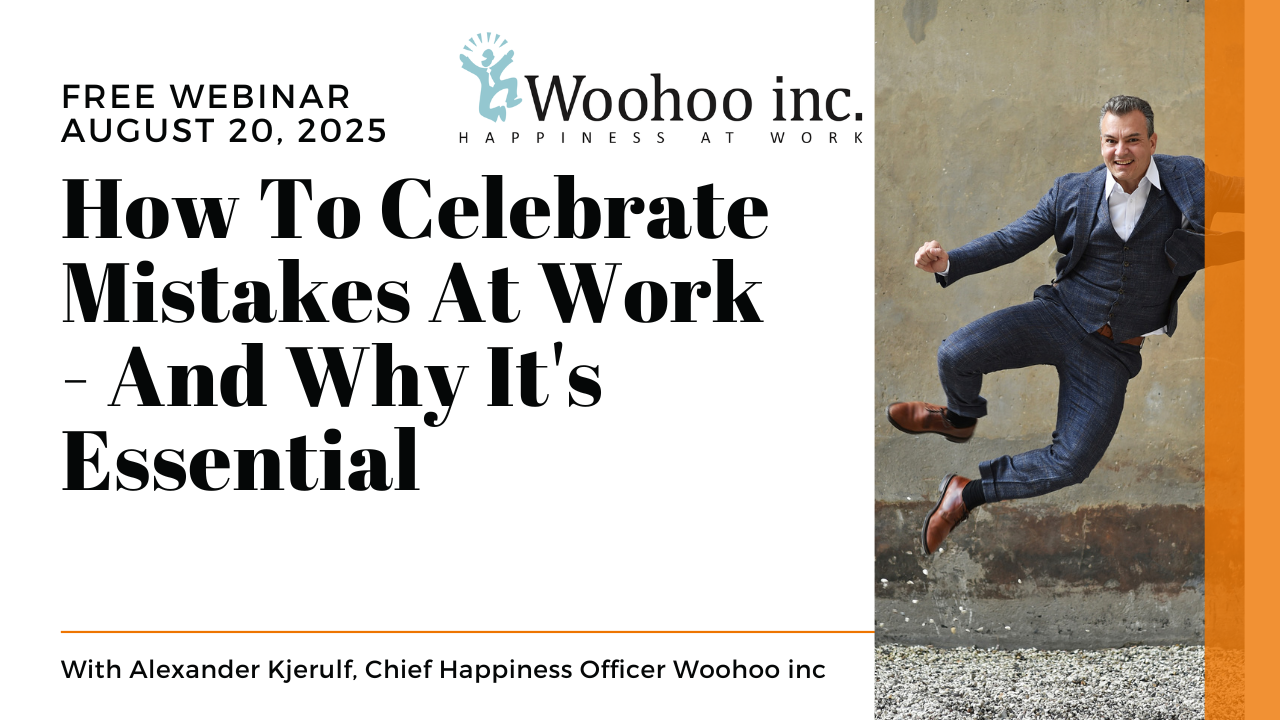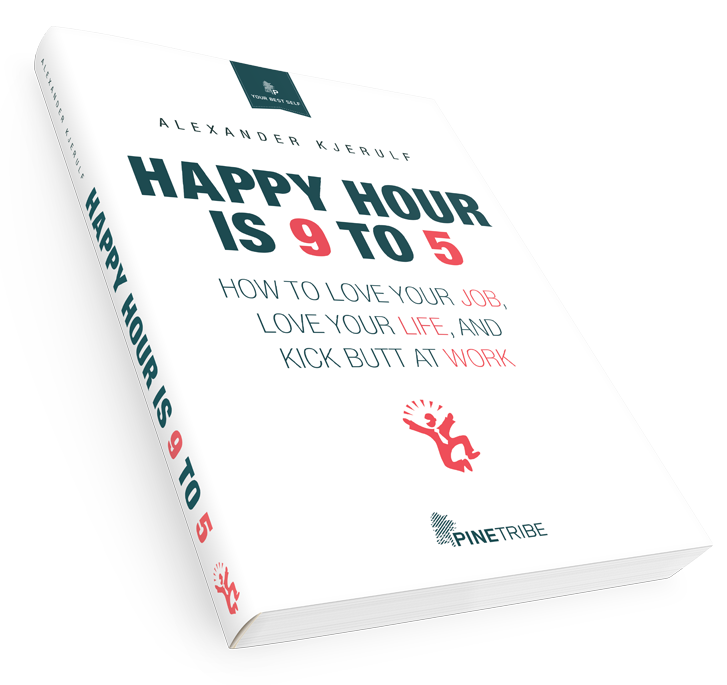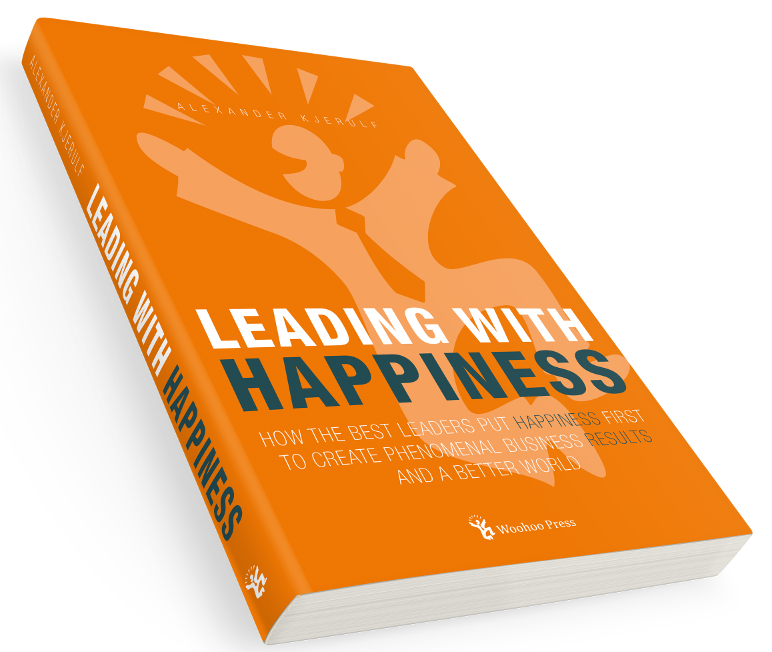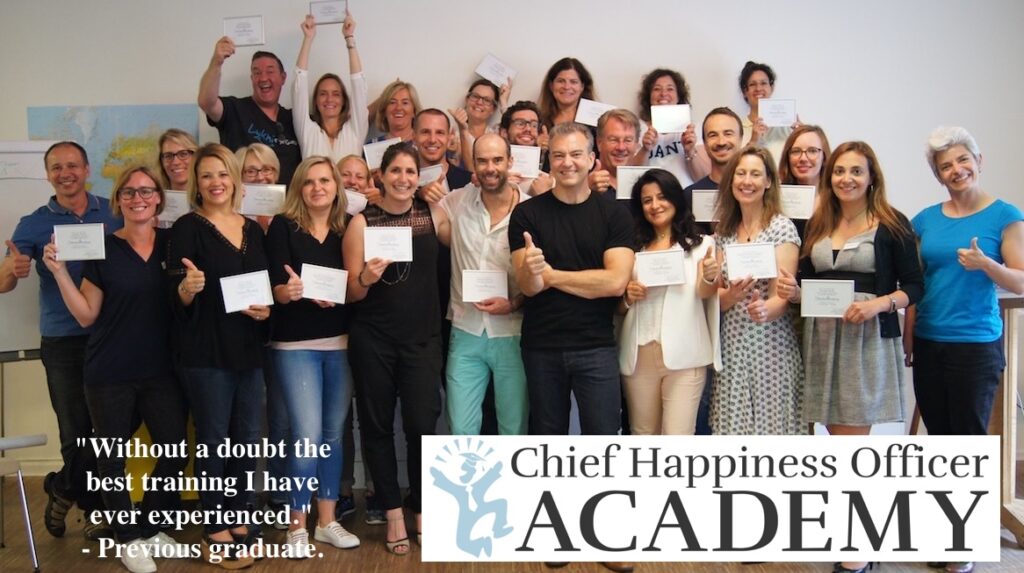
Niels Hartvig, founder of Umbraco, the world’s only open source Microsoft-based CMS, recently asked what he should do about off-days at work among the people at Umbraco HQ:
This morning I thought of dealing with off-days. Probably because I had one yesterday. One of the days where I’m going to work and get very little done. Not because I don’t want to, but simply because there’s some miscommunication between my fingers and my brain. Most programmers – and creative people in general – that I’ve spoke to about this, recognize it immediately yet I haven’t found anyone who had a ‘formal’ policy on dealing with these things. I’d love to.
…
We’re humans – we’re not perfect. If it was ok and if everyone in a company could be open, we might start being able to work out patterns for off-days and see if they could be minimized. Or just be turned better. Whether it’s going home and getting some sleep, seeing a therapist (paid by work), calling your wife or…
I really want to develop some policy around this for the HQ and if it works out, I’ll blog again. At least a start is simply saying out loud that off-days are fine and a part of us. Until then, let’s try to help each other with our experiences in the comments – start the conversation!
I think that’s an awesome question. Let’s face it, everyone has off-days. No matter how much you love your job, there will be days where you just don’t feel like it, for whatever reason. Sure you can force yourself to show up anyway, and sometimes it will be fine but most often you waste a day and get very little done. Also, forcing yourself to come in, may mean that you feel even less like working the next day.
And yet, most workplaces completely deny this reality and expect employees to be equally productive, alert and (not least) present every work day.
I would like to suggest three possible policies to deal with off-days:
Suggestion #1 (the easy one): If you have an off-day, say so.
The IT support department at the medical company Leo Pharma are a critical part of the organization. If they’re not picking up the phones, Leo’s 4.000 employees have nowhere to go with their IT-related questions and problems. To ensure that the phones are always manned, a huge whiteboard with a space for each support-worker shows who’s on call at any time.
The IT department realizes, that people have good and bad days, so they set up a simple policy: When employees get in in the morning, they can place a green or a red magnetic tag next to their name. Green means “I’m having a good day”, a red tag means “I’m having a bad day.”
So if a co-worker storms in the door without saying good morning, places at red marker next to his name, and sits at his desk scowling at his computer, you don’t have to wonder “was it something I said?”
This policy does two things for the department:
- It makes it visible who is having a good or a bad day, and people with red markers are given a little space and leeway. If somebody puts up a red marker every day for a week this becomes visible, and steps can be taken to help that person.
- It makes it legal to have a bad day. We all have bad days, but if you have to hide it and pretend to be chipper, it takes longer to get out of the bad mood.
Simple and effective. If you have a bad day you still have to come in, but at least you know that it’s OK.
Suggestion #2 (the radical one): If you don’t feel like coming to work, don’t come to work.
I know of a few workplaces in Denmark that have actually introduced this rule: If you really, really don’t feel like working you can call in and say you’re taking an off-day. The rule is that you don’t have to explain or justify yourself. Also, it’s not a day off or a sick day, so you’ll have to make up the lost time later.
The “if you don’t feel like working, then don’t” rule has some clear advantages:
- Just knowing that you don’t have to go to work if you don’t want to, can make a bad day better.
- If you don’t want to work, you don’t have to demean yourself and the workplace by lying and calling in sick.
- When you take the off-day, you can return to work the next day with new energy.
- You don’t have to waste time in the office being unproductive.
- You don’t have to bring your bad mood into the office and infect everyone around you.
- If someone takes a lot of off-days, that’s a clear warning sign, that they’re unhappy at work and something needs to be done.
Before introducing a rule like this, I think a workplace would need to have a conversation to decide when it’s OK to take an off-day. You could even write down the rules, ie. “It’s OK to take an off-day if the very thought of going to work makes you want to kill yourself, but not if it’s a Friday and the weather’s nice and you just feel more like going to the beach.”
Stephan wrote a comment on Niels’ original post saying pretty much the same thing, but for school kids:
Reminds me of some friends of my parents, who had the following family rule: each child was allowed to have one single “I don’t want to go to school” day per year. On that special day, parents would not ask any question (eg why? are you ok?). They would just write the obligatory excuse note saying something along “little John was not feeling well yesterday”.
Funny enough, knowing that they could decide not to go (but then they’d loose that possibility for the rest of the year) was usually enough, and it was common that at the end of the year, the “off-day” credit had not been used.
And no, you could not carry your unused day over to the next year ;-)
Suggestion #3: The really radical one: Give people complete freedom to work whenever they want.
What if workplaces completely stopped making rules for or monitoring when people work? What if we just acknowledged that our employees are responsible adults, who are eminently capable of deciding when they are productive and when they’re not? What if we stopped focusing on how many hours people work and instead focused on the results they get?
That is the point of ROWE, Results Only Work Environments. This article gives a great introduction to ROWEs:
At most companies, going AWOL during daylight hours would be grounds for a pink slip. Not at Best Buy. The nation’s leading electronics retailer has embarked on a radical–if risky–experiment to transform a culture once known for killer hours and herd-riding bosses. The endeavor, called ROWE, for “results-only work environment,” seeks to demolish decades-old business dogma that equates physical presence with productivity. The goal at Best Buy is to judge performance on output instead of hours.
Hence workers pulling into the company’s amenity-packed headquarters at 2 p.m. aren’t considered late. Nor are those pulling out at 2 p.m. seen as leaving early. There are no schedules. No mandatory meetings. No impression-management hustles. Work is no longer a place where you go, but something you do. It’s O.K. to take conference calls while you hunt, collaborate from your lakeside cabin, or log on after dinner so you can spend the afternoon with your kid.
This is what we do in our company – our rule is that you work when you want to and don’t when you don’t. You will never be judged by how many hours you work but only by the results you get and the value you contribute.
Another example is sports wear maker Patagonia which has surf boards lined up in the office near the beach in Southern California. Their founder Yvon Chouinard explains why:
I’m a businessman, but I’m still going to do things on my own terms. I’m going to break a lot of rules, and we’re going to blur the distinction between work and play. So we have a policy here – it’s called “Let My People Go Surfing.” A policy which is, when the surf comes up, anybody can just go surfing. Any time of the day, you just take off and go surfing… That attitude changes your whole life. If your life is set up so that you can drop anything when the surf comes up, it changes the whole way you do your life. And it has changed this whole company here.
Nice, huh?
Related posts
Your take
How does you workplace deal with off-days? Are people required to show up anyway? Which of the three suggestions above would you like to see introduced where you work? See any risks or pitfalls? Please write a comment, I’d love to hear your take.
 I got this question in an email from Michael, a reader of my blog:
I got this question in an email from Michael, a reader of my blog:






 Normally, if you’re late for your flight that’s just tough – the plane leaves without you. The airline business is a tough, competitive arena and every second of delay translates into money lost.
Normally, if you’re late for your flight that’s just tough – the plane leaves without you. The airline business is a tough, competitive arena and every second of delay translates into money lost.

